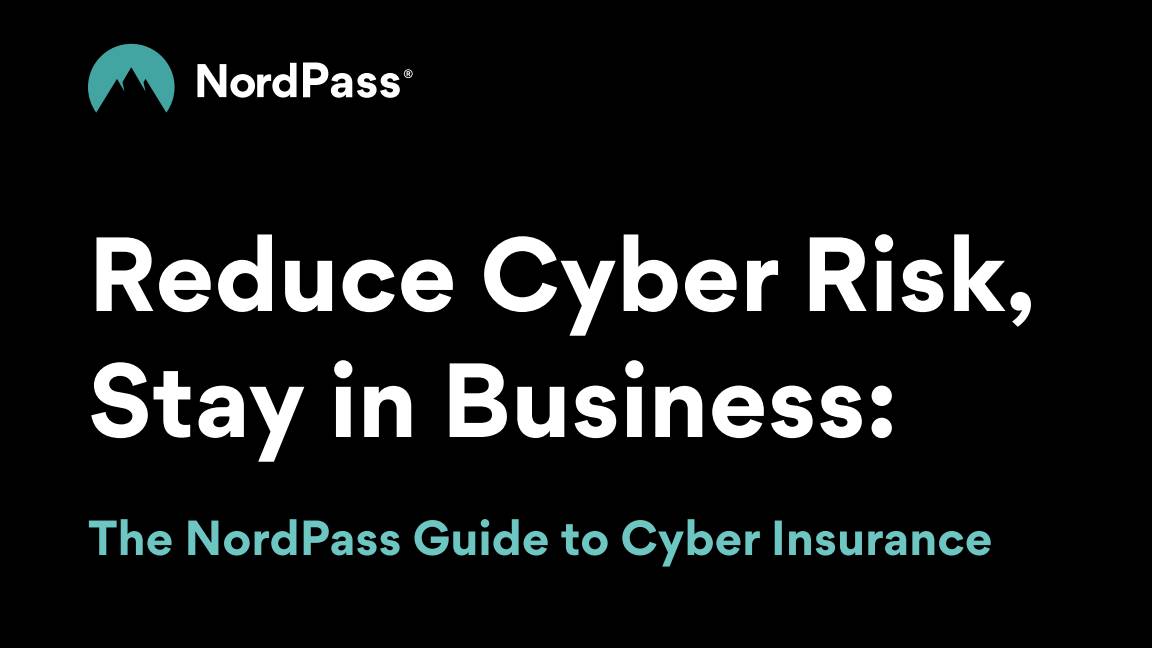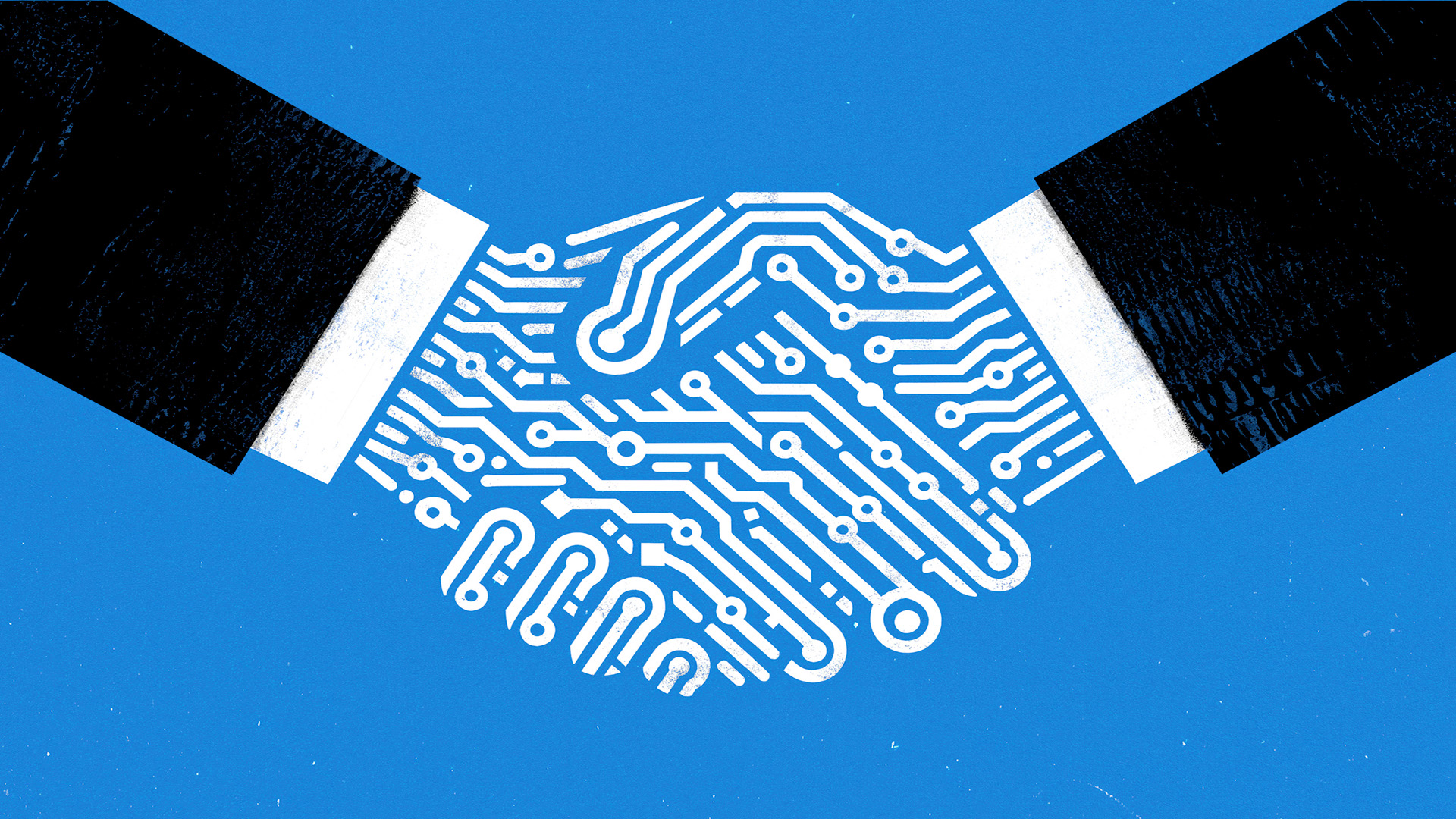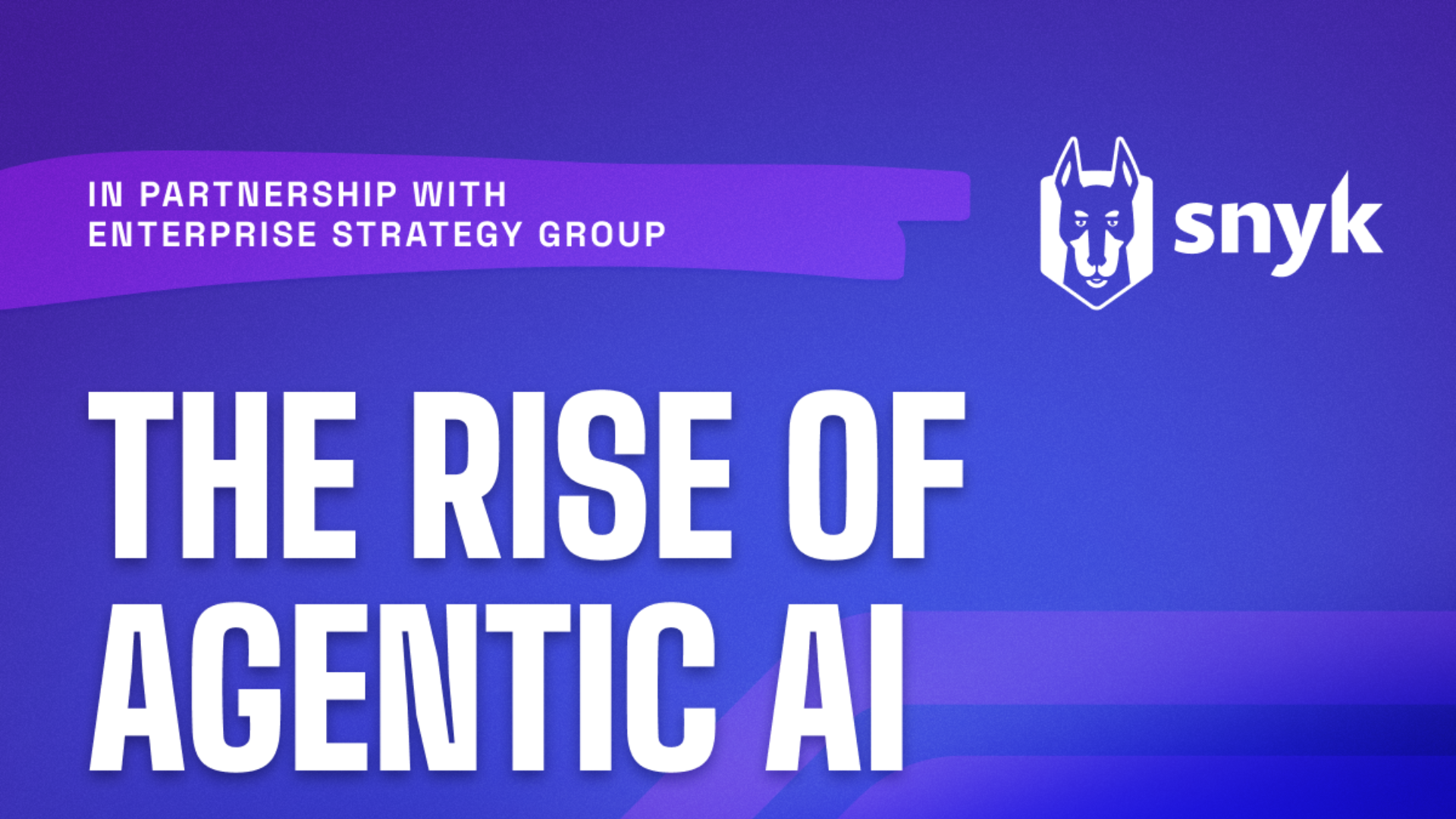Embracing the future: A visionary CIO’s perspective on predictable certainties and innovation
CIO leadership harnesses predictable certainties to create lasting impact within organizations


A visionary Chief Information Officer (CIO) has a duty beyond managing IT infrastructure and data security. They must proactively look at innovations and consider how these emerging technologies can further assist an organization's strategy, operations, and processes. A visionary CIO is a leader who rides on new technology with innovation into business and works to stay ahead of the competition. Continually finding new ways to apply technological innovations to spur growth and success.
The role of a visionary CIO
A vital part of this role is identifying "predictable certainties" or things we know will happen — for example, circumstance or new technology. Competitive advantage occurs while using predictable certainties to drive innovation and improve strategic planning. Predictable certainties are calculable facts, events, or innovations. No matter what is being discussed as trendy or what new cutting-edge technology may emerge, a visionary CIO can be sure next generation innovations always happen when it comes to planning for the future.
There is also the need to help the organization get ahead by understanding technological innovations, market shifts, and regulatory changes — all very important to a visionary CIO.
They must guide the organization confidently by navigating predictable certainties and continuing to anticipate challenges, opportunities, trends, and patterns. What's more, they must also plan proactively for such predictable certainties by adopting a proactive planning mindset. with a focus on recognizing patterns and forgone conclusions.
Leveraging predictable certainties for strategic advantage
A visionary CIO must wear a proactive planning hat to turn predictable certainties into an advantage. Always staying with the theme of attending conferences, interacting with peers, and remaining abreast of industry reports. This involves:
- Identifying predictable certainties: Regularly analyzing industry reports, attending conferences, and engaging with thought leaders to stay informed about emerging breakthroughs. Categorizing breakthroughs into demographics, government regulations, and technology can be particularly useful.
- Developing strategic initiatives: Using the insights from the predictable certainties to create strategic initiatives that align with your organizational goals. For instance, if AI integration is a predictable certainty, ponder how AI can be used in bettering customer service, operations, and decision-making processes.
- Nurture innovation: Create an innovative culture in your organization. This will involve availing your employees with all the tools and resources to experiment with new technologies and come up with creative solutions. Reward innovative ideas that work for the organization.
- Building resiliency: Prepare for the possibility of disruptions by making your IT infrastructure resilient. This builds on implementing strong disaster recovery plans, assuring data redundancy, and testing the systems regularly to identify vulnerabilities.
A practical example: AI in customer service
AI overhauls business processes, helping companies to better analyze data, automate tasks, and, ultimately, make more-informed and better decisions faster. Organizations that embrace and adopt AI will have a strong competitive advantage, transforming how they are able to operate in the future.
Let's think through an example. Assume your organization is looking into using AI in customer service. One strategic action you could take would be to implement AI-powered chatbots and virtual assistants based on that predictable certainty that the abilities of AI are going to expand. These can respond to routine inquiries so humans can handle more complex issues.
Sign up today and you will receive a free copy of our Future Focus 2025 report - the leading guidance on AI, cybersecurity and other IT challenges as per 700+ senior executives
By analyzing customer engagement, AI can also empower organizations to offer more personalized services through better insight into customer preferences and behavior.
The importance of proactive planning
Proactive planning is needed to leverage the power of predictable certainties. It means anticipation of future breakthroughs and preparation for them. If a predictable certainty points at a massive move towards remote work, then a visionary CIO should come up with the strategies that will support this transition, such as investment in collaboration tools, enhancing cybersecurity measures, and training employees to adapt new technologies.
Proactive planning underlines scenario analysis. A visionary CIO develops contingency plans for every potential challenge that could come out of one scenario or another so that the organization is geared up for different possible scenarios to increase its resilience and adaptability.
Building a culture of innovation
Predictable certainties can only be leveraged by nurturing a culture of innovation. That basically means creating an environment where people can be empowered to try new ideas, new technologies, and encourages collaboration in cross-functional teams to drive innovation — since diverse perspectives breed creative solutions.
Encouragement and rewarding innovation are the other important considerations. A visionary CIO may celebrate successes, and from failures, motivate staff to keep on pushing the boundaries. Further support for the efforts of innovation may be through resources such as time, funding, and availability of leading-edge technologies.
Another example: Enhancing cybersecurity and data privacy
Cybersecurity and data privacy have become paramount with the increasing reliance on digital technologies. Implementing robust security measures and anticipating emerging threats is essential. This involves technological solutions and fostering a culture of security awareness within the organization.
A visionary CIO should integrate cybersecurity in every function within the organization, from periodic security assessment and training of employees, to state-of-the-art security technologies, including encryption and multi-factor authentication. This will enable the visionary CIO to protect the organization from possible threats and assure the integrity of data by being proactive in cybersecurity.
The role of technology in driving innovation
Technology can be a powerful catalyst for innovation. As such, a truly visionary CIO will proactively look for opportunities to transform operations and services. A great example would be emerging technologies such as quantum computing and the Internet of Things (IoT), which open up new opportunities and ways to enhance efficiency, security, and customer experience.
RELATED WHITEPAPER

With the backing of the right investment, coupled with research and development, a visionary CIO can put their company at the forefront of innovation. Useful insight and expertise may also be derived through collaboration with external partners — universities, research institutions, and technology providers.
A visionary CIO always looks ahead and, at the same time, actively plans for predictable certainties. Identification and capitalization of such predictable certainties can bring innovation to the forefront of your organization and enhance its competitive advantage while building a resilient IT infrastructure. Seize your role as a visionary CIO and lead your organization into a future of endless possibilities.

Dr. John Honchell is Future B2B's IT Industry Analyst. With almost three decades of experience as an IT leader with the roles of CIO and Global Lead, John has a passion for AI, Cyber Security, DevOps, Cloud, IT infrastructure, IT Innovation, and IT Automation.

